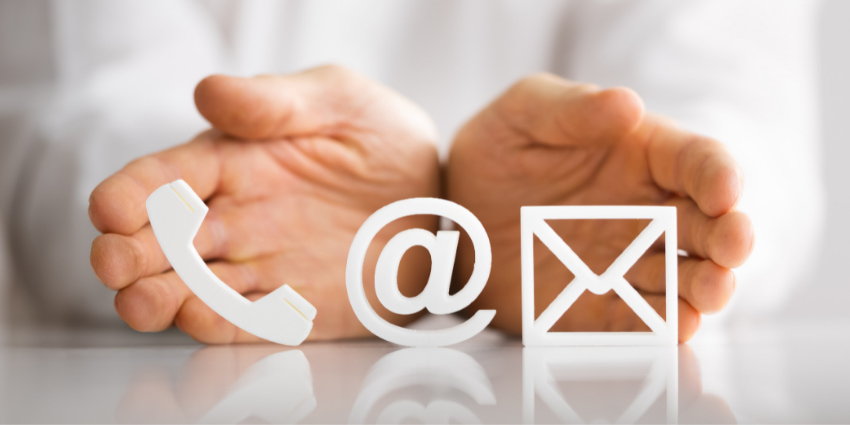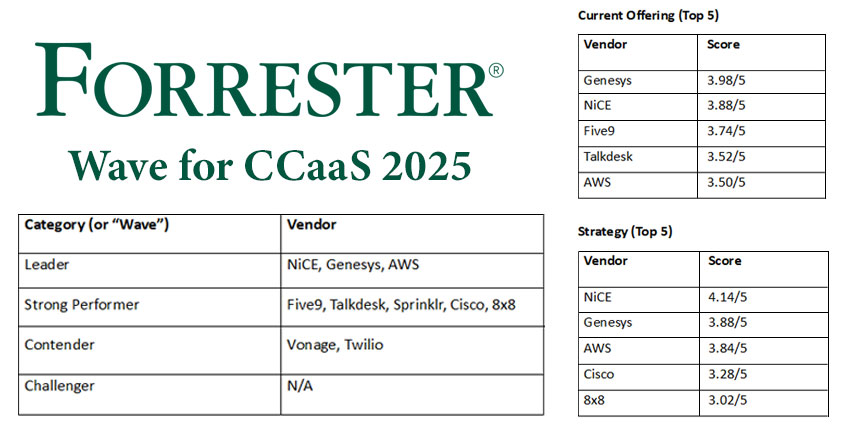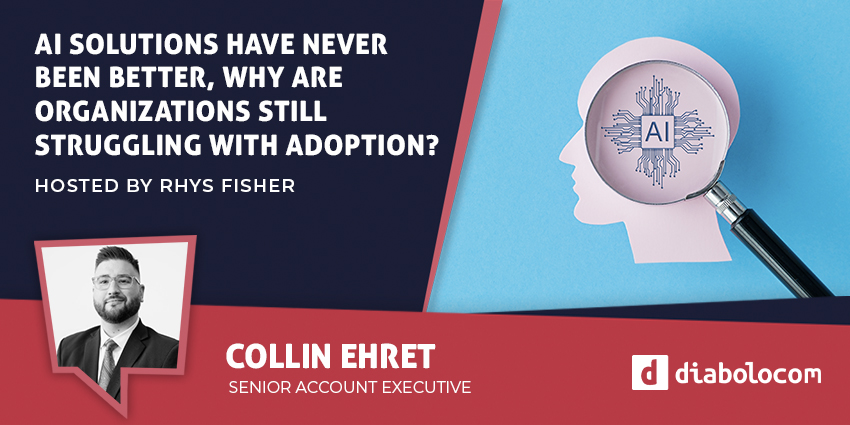Contact centres are increasingly diversifying their capabilities, venturing out of voice-only capabilities (although it still remains the no.1 communication medium). Today, customers are eager to leverage multiple channels for interacting with their favourite brands, especially when it comes to non-urgent or less complex queries. 91% of contact centres now prioritise omni-channel as a central capability so that customers can contact them via any medium they choose, how they want and when they want.
These multiple mediums such as websites, mobile applications, chatbots, e-commerce store listings, social media, etc. also act as useful data sources for customer intelligence enrichment. Contact centres that adopt multi-media blending can not only provide customers with greater flexibility, but they can also improve how they interact with and serve customers.
What is Multi-Media Blending?
Multi-Media blending can be defined as a set of tools, technologies and processes that allow contact centres to send and receive information across a variety of media channels, including but not limited to email, chat, websites, and the telephone. It enables end-to-end unification across different mediums so that there is a single source of data, contact information is harmonised across mediums, and customers can enjoy a contextualised and seamless experience no matter which medium they choose.
Some of the key technologies necessary for multi-media blending are:
- Automatic session distributor (ASD), which is the multi-media equivalent of the ACD
- A dynamic media blending engine that can compare multiple sessions along the same parameters to objectively assign sessions to agents
- Universal queuing for multi-media interaction requests
- Unified agent interfaces so they can switch between two mediums
Multi-media blending may or may not be accompanied by backend integration, which powers a more connected and holistic omnichannel contact centre. With backend integrations, you can leverage the same, single source of data across different mediums and provide contextualised support to your customers.
4 Techniques for Multi-Media Blending
There are several ways you can go about blending different mediums of communication in a contact centre so that agents are able to juggle various interactions in an optimal manner and deliver the best possible CX. These include:
- Time-boxing – You segment available agent time for different mediums and allocate a specific amount of resources for every medium’s “time box”
- Interleaving – You treat all interactions similarly, regardless of their medium, and assign interactions based on priority, agent availability, and projected value
- Multi-tasking – One agent works on several interactions across mediums at the same time. This works best for non-voice sessions like chat, email, or social media
- Multi-modal – Agents conduct the session primarily on one medium, but use another medium as and when necessary, to close the interaction faster and reduce customer effort
Is Multi-Media Blending Identical to Omni-Channel?
The short answer is no. This is because omni-channel contact centres are built on a unified bulwark of data, which may or may not be present in a multi-blending setup. However, both approaches use multiple mediums, and they are both focused on optimising channel utilisation.







